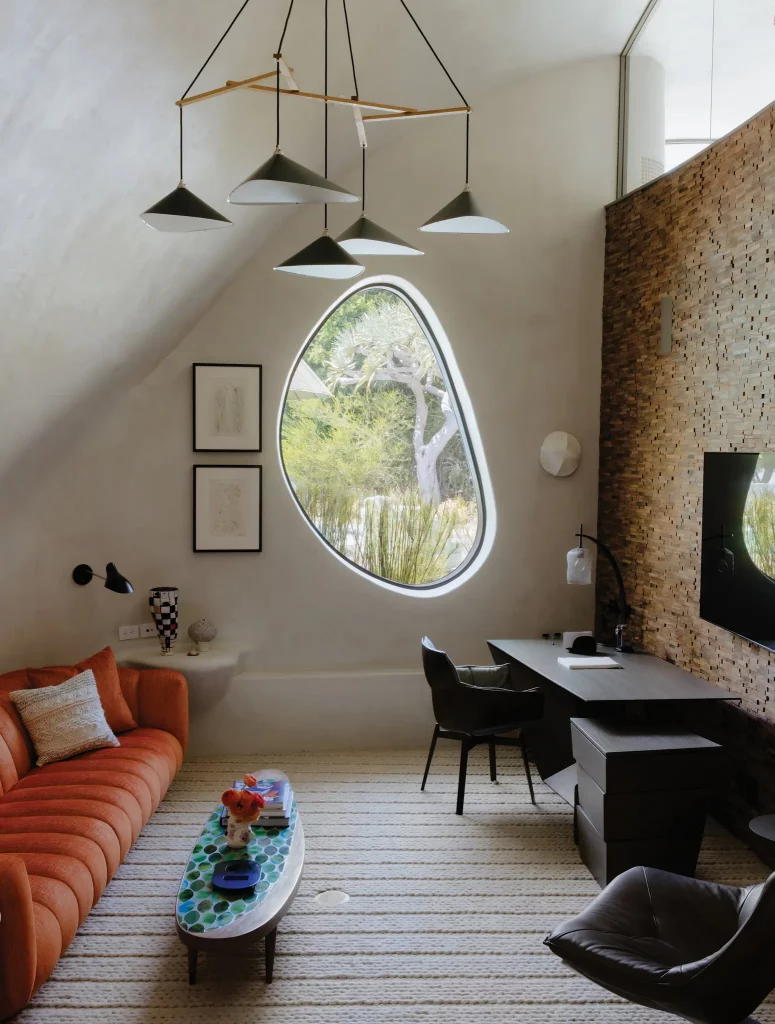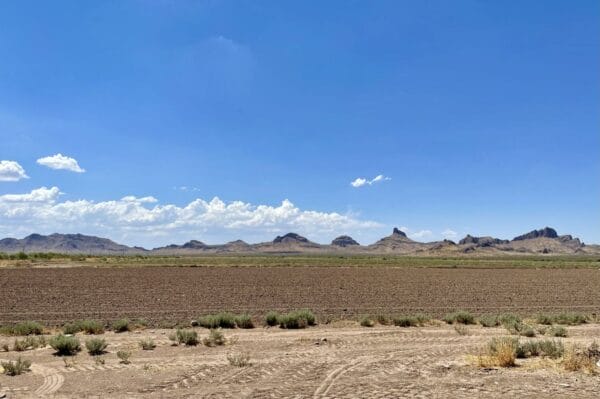By Nick Haramis, Photographs by Joyce Kim | The New York Times

A BREEZE CUTS through the ocean air as a mechanical gate opens onto Robert Downey Jr.’s seven-acre Malibu, Calif., estate. Down the gravel driveway, a tennis court overlooks Zuma Beach; to the right, alpacas rest on a sunny patch of grass not far from the cottage-style main house where the actor lives with his wife, Susan, a 48-year-old movie producer, and their two young children. But the most expressive signifier of the Downeys’ whimsy sits in the other direction, behind the kidney-shaped swimming pool: an undulating 6,500-square-foot white concrete domed structure that could either be prehistoric or from the distant future. Downey, 57, calls it the Clubhouse.
“It was a crucible of faith,” says the actor about his elaborate version of the typically humble Binishell, a form originated in 1964 by Dante Bini. The now-90-year-old Italian industrial designer discovered that by topping a nylon-coated neoprene air bladder with wet steel-reinforced concrete, then slowly inflating it, he could make — in an hour or so, about the time it takes for the material to cure — a naturally aerodynamic and durable thin-shell bungalow. Downey’s Binishell was designed by the creator’s son, Nicolò, a 55-year-old Beverly Hills-based architect who’s reimagining his father’s innovation. Nicolò didn’t so much follow in the elder Bini’s footsteps as stumble into them while puzzling over fast, efficient solutions to the global housing crisis. “My intention wasn’t to propagate his work,” he says. “It was to figure out a better way of building.”












